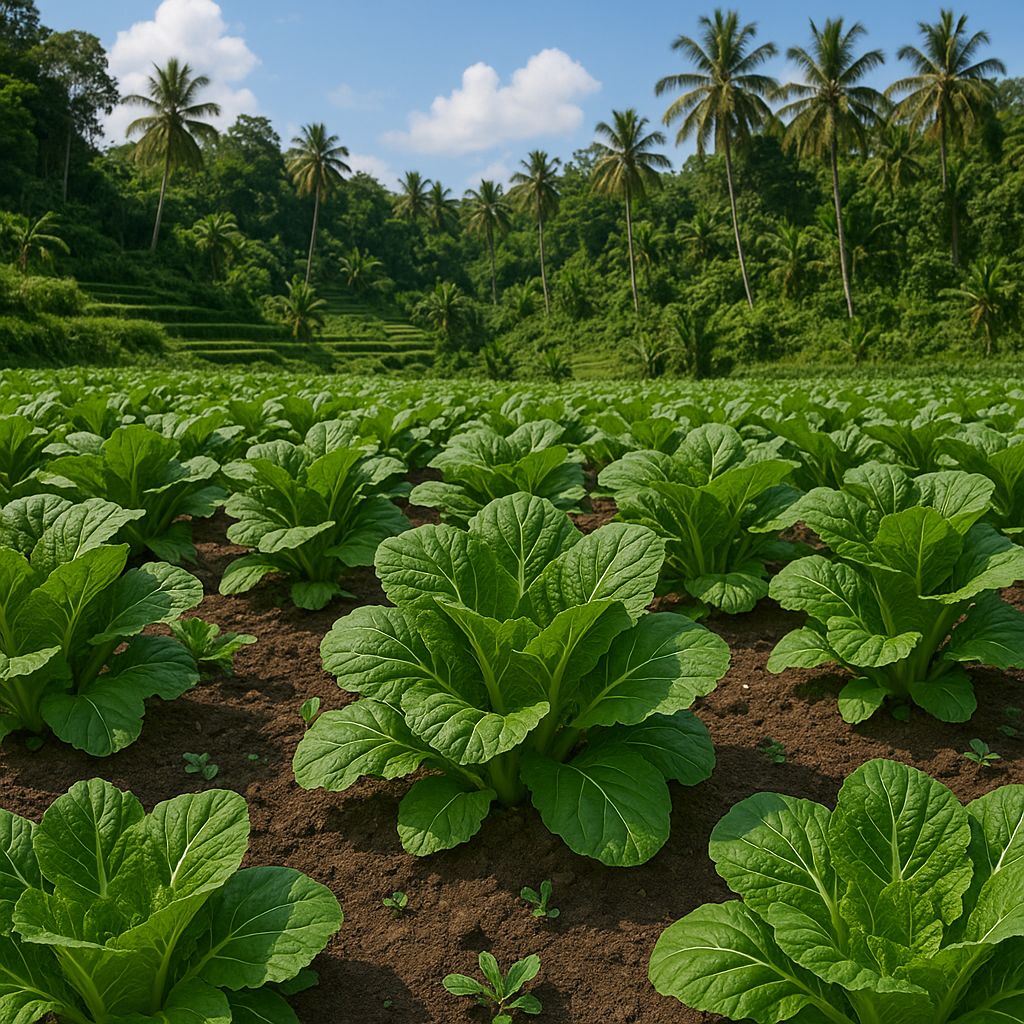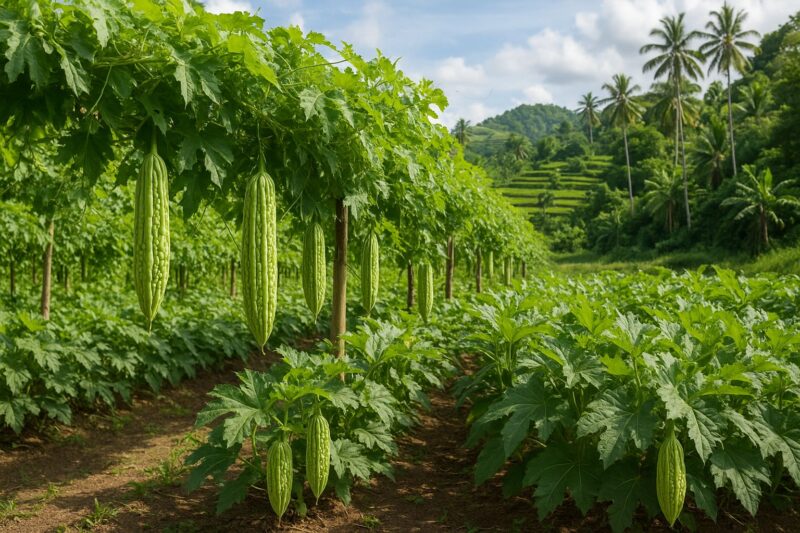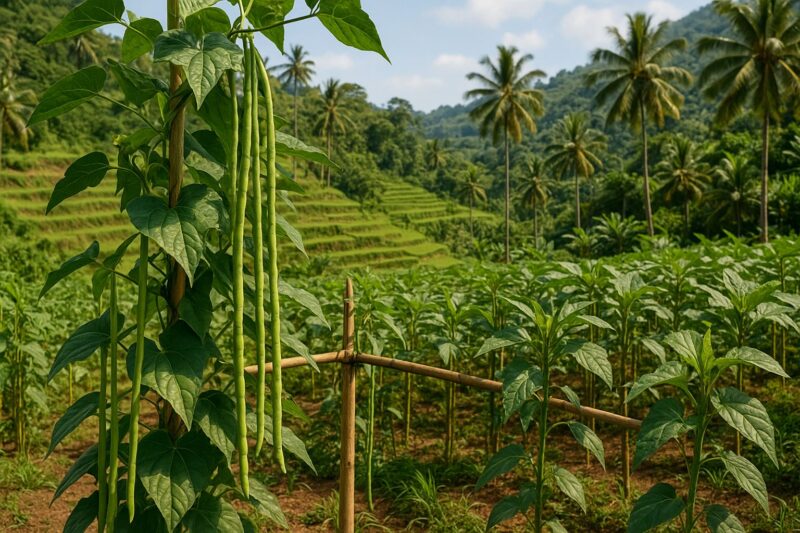Pechay—often called Chinese cabbage—has quietly become a staple in Filipino kitchens, from sinigang in Samar to stir-fries in Cavite. Its tender, leafy stalks and mild flavor make it ideal for quick sautés or hearty soups. Yet, despite its reputation for being easy, pechay can surprise new growers with quirks: bolting in heat, slug attacks in shaded plots, or simply failing to head as promised. After several seasons of trial, error and the occasional triumph in my Bulacan backyard, I’ve gathered some tips I hope spare you the same headaches.
First, variety matters more than many realize. In cooler upland areas—Baguio’s terraces, for instance—slow-bolting hybrids thrive, forming crisp heads even as sunlight wanes. But down here in lowland Bulacan, where March temperatures soar, I stick to fast-maturing open-leaf types. They may not head perfectly, but they keep growing and harvesting every three weeks or so. I’ve also tried “baby pechay” from Laguna nurseries, and—confession—I fell for the cute name. They’re great in small pots and sprout quickly, though they bolt faster once the sun gets too hot.
Soil preparation sets your season up for success. Pechay craves loose, fertile earth with plenty of organic matter. In my plot—heavy clay, if you can believe it—I mix in generous batches of homemade compost (rice straw, vegetable scraps, and coffee grounds) plus a handful of rice hull ash to lighten the texture. If you’re on sandy soil, as many coastal growers are, boost moisture retention with well-rotted manure or coconut coir. Aim for a slightly acidic to neutral pH—around 6 to 7—so nutrients stay available.
Timing is key. Across much of the Philippines, two seasons shine for pechay: the cooler months from November to February, and the short dry-spell window in late summer—March to April—just before the rains get heavy. I usually sow seeds in shallow furrows about thirty centimeters apart, lightly covering each seed with soil. Germination takes five to seven days when soil stays evenly moist. I learned the hard way that leaving seeds to bake in midday sun leads to bare patches. Since then, I cover the seedbed with grass clippings or burlap for the first week—just enough shade to keep things damp and hopeful.
Pests can be surprisingly persistent. Slugs and snails love those tender leaves; flea beetles leave pin-hole patterns that slow growth. My go-to is hand-picking in the cool of dawn, armed with a flashlight and a small container to collect slugs before they vanish. A garlic-and-chili spray helps too, though I admit it can burn leaves if applied in strong sun. For flea beetles, floating row covers installed when plants are young keep them at bay, yet still allow light and rain through.
Feeding pechay feels part science, part instinct. At sowing, I drizzle a light compost tea—basically, steeped compost water—along the furrow. Once seedlings reach four true leaves, I side-dress with decomposed chicken manure or a balanced organic fertilizer, placing it just beyond the root mass. Later, a sprinkle of wood-ash adds potassium, encouraging fuller leaves. Overdo it and leaves yellow, so I go easy—perhaps a teaspoon per plant row, not the whole pile.
Watering is a daily check. Pechay needs consistent moisture but hates standing water. I water in the early morning, checking by squeezing a handful of soil: if it crumbles loosely, it’s time; if it clumps like wet clay, I wait a day. Mulching with rice straw or dried leaves cuts watering needs, suppresses weeds, and gradually feeds the soil as it breaks down—a little win for lazy afternoons.
Harvest begins about six to eight weeks after sowing, depending on the variety. You can snip outer leaves for baby greens or cut the entire plant at soil level once it reaches twenty to thirty centimeters tall. Frequent harvesting—every seven to ten days—keeps younger leaves coming and delays bolting. I’ve seen neighbors leave pechay too long and end up with bitter, tough stalks. Regular picking also discourages that sudden switch to flowering.
One season in Bulacan, after an unexpected cold snap—yes, we get them—the pechay in open fields produced full heads more like mini cabbages. I felt almost indulgent seeing those tight wraps of pale green leaves, so different from my usual loose leaf beds. It reminded me that local weather quirks can turn even the simplest crops into delightful surprises.
Growing pechay across the Philippines offers quick returns, adaptable harvests, and a fresh vegetable that families love. With proper variety choice, soil prep, pest vigilance, balanced feeding, and timely harvests, your garden can yield greens from Luzon to Mindanao. And hey, if you find yourself whispering encouragement to those pale leaves—well, so do I. It’s part of the fun.
I’m open for consulting and speaking opportunities on sustainable vegetable cultivation and agribusiness nationwide. Let’s grow together.
#Pechay #ChineseCabbage #PhilippineFarming #SustainableAgriculture #HomeGarden #ConsultingAvailable #SpeakingOpportunities




